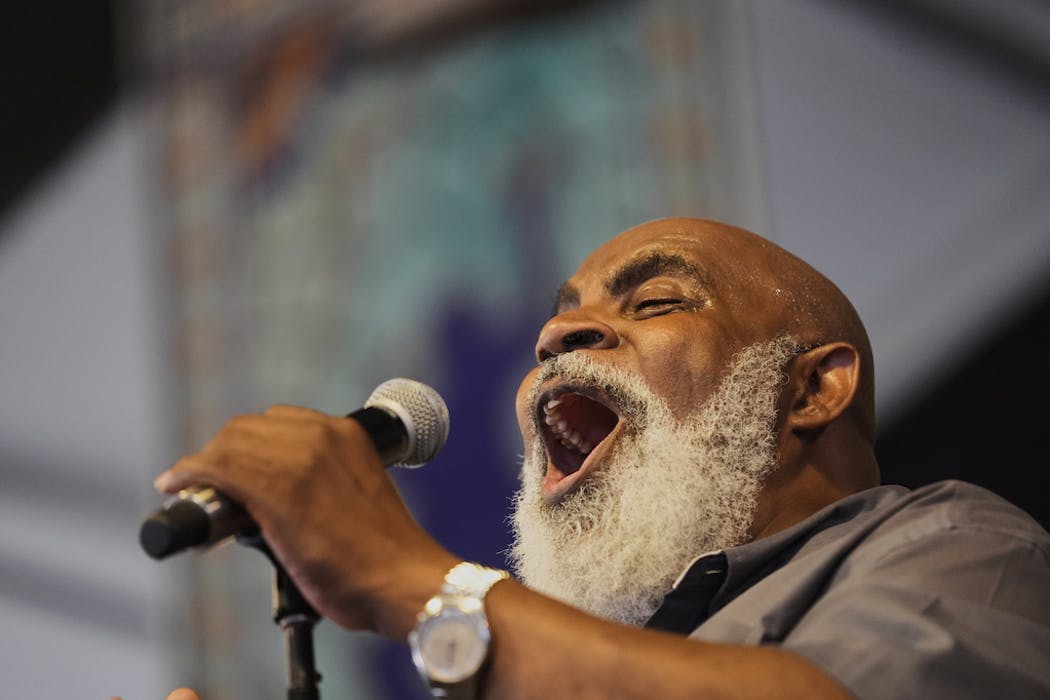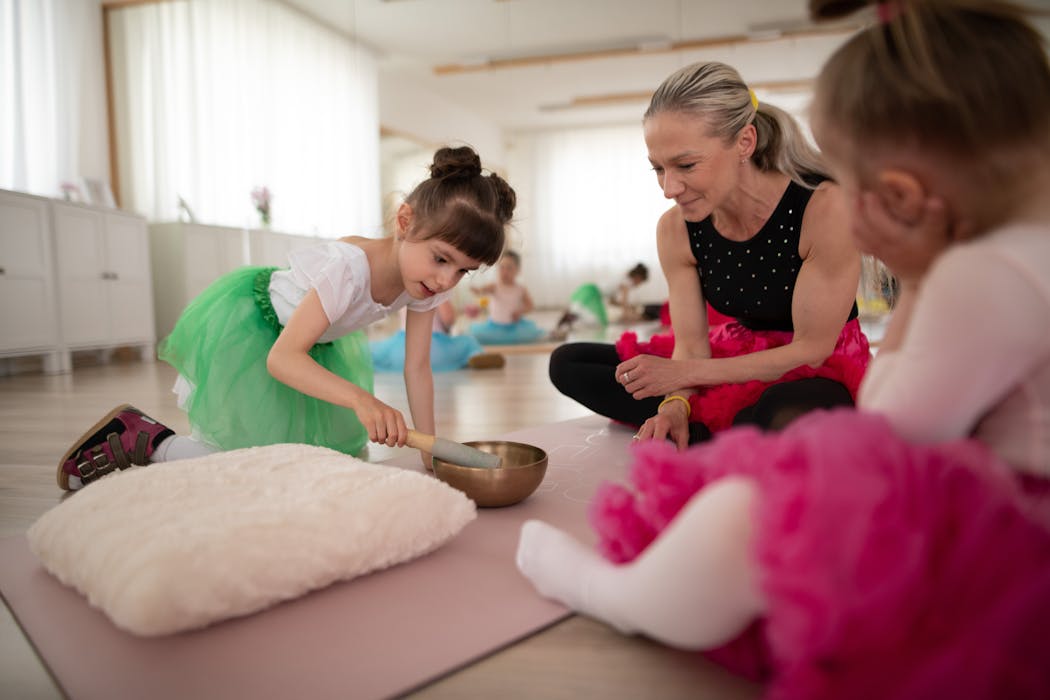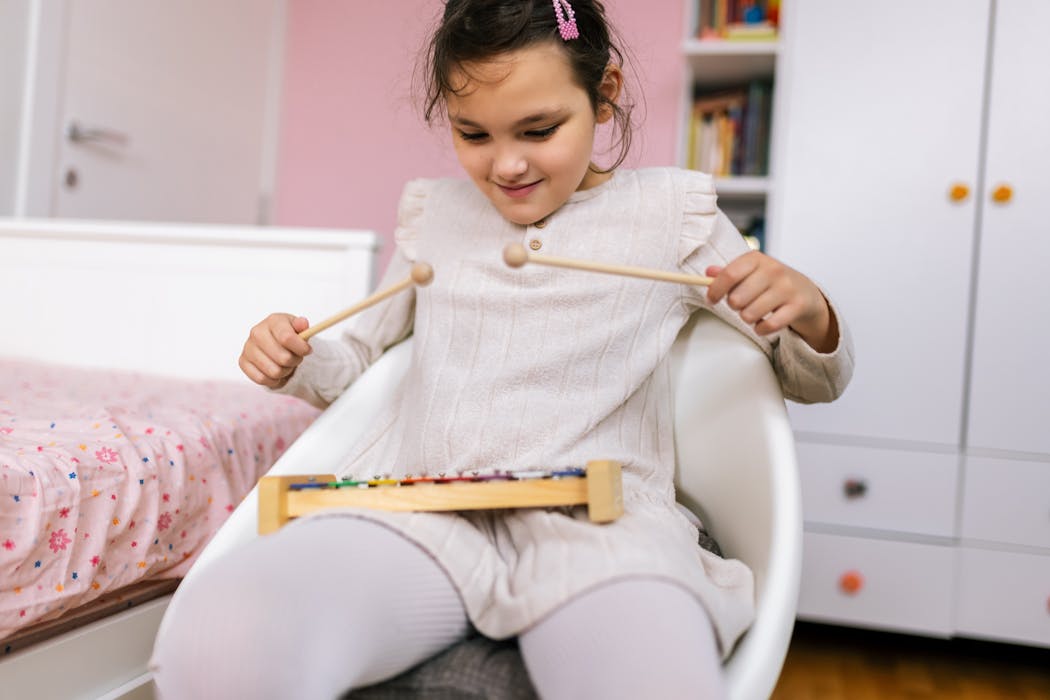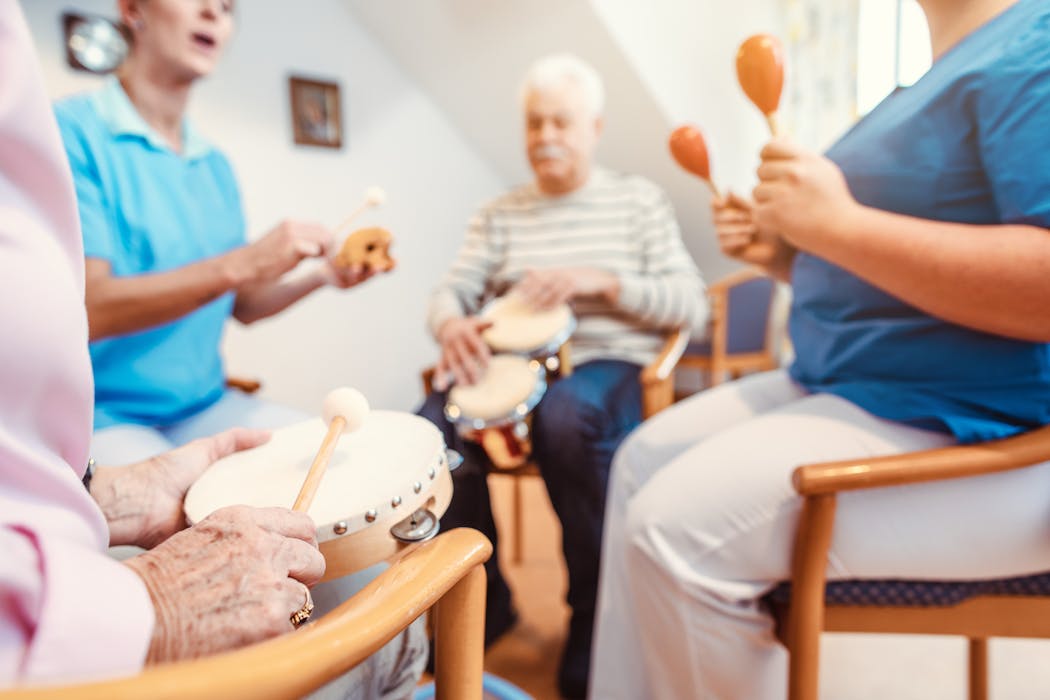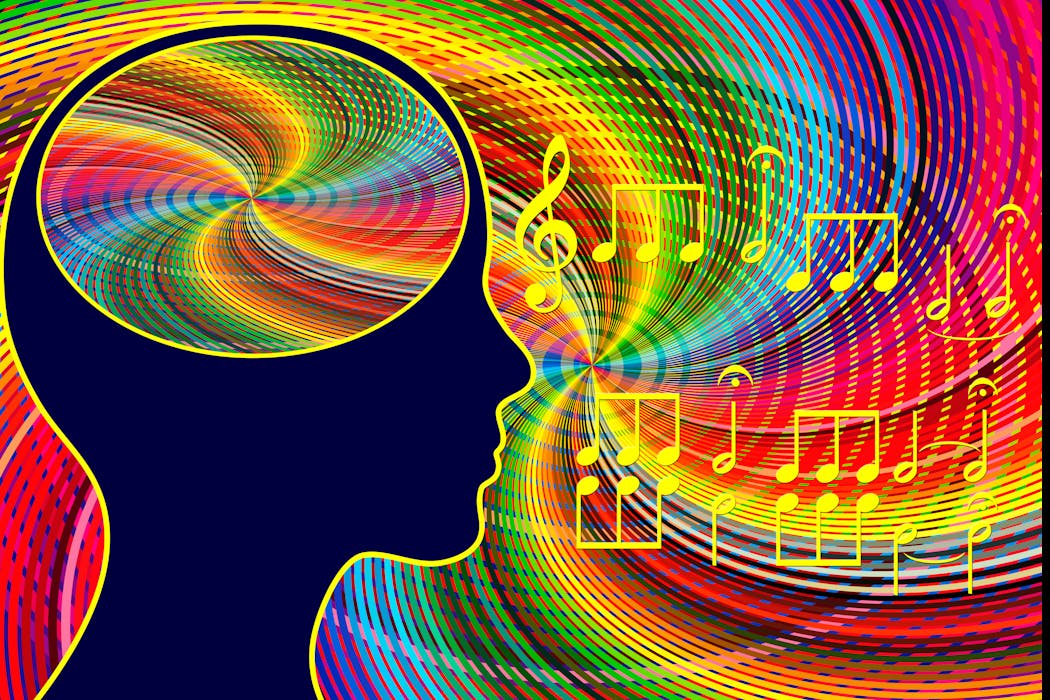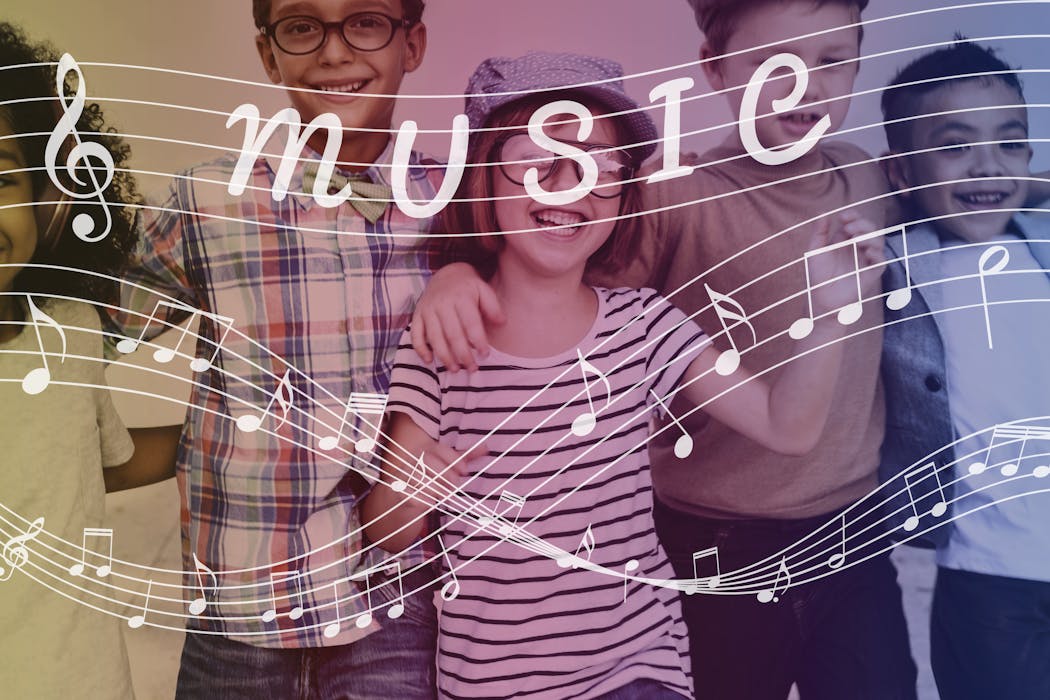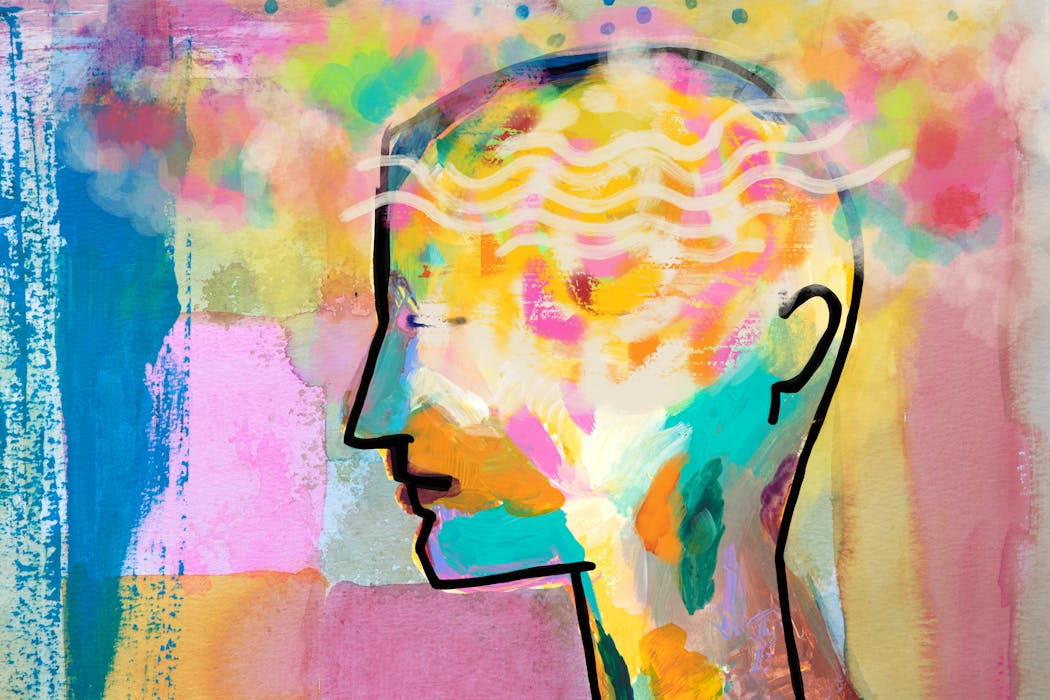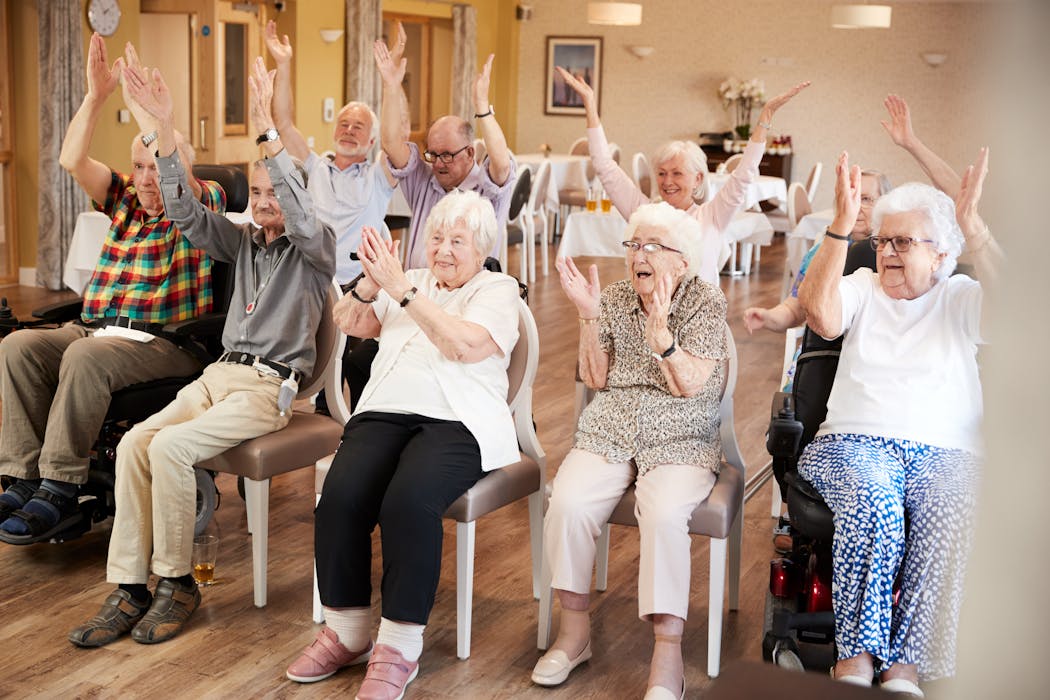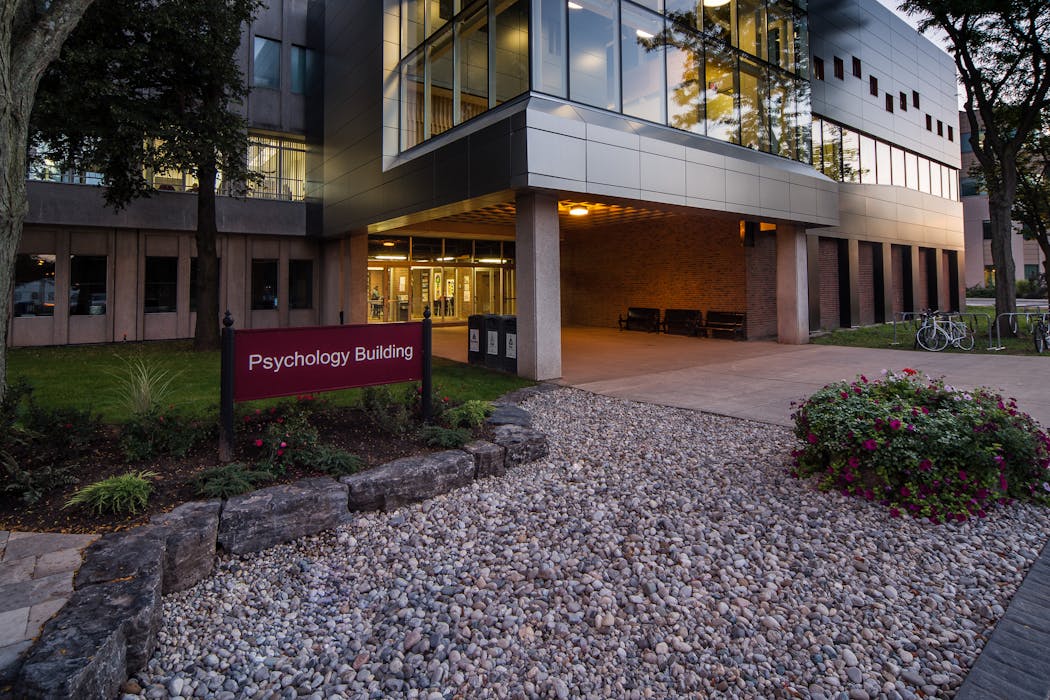Dance therapy is a form of expressive therapy that uses movement and dance to support emotional, cognitive, physical, and social integration. It is based on the belief that the body and mind are interconnected, and that movement can be used as a tool to promote healing and well-being. When it comes to grief, dance therapy can be a powerful tool for processing emotions, finding a sense of release, and ultimately moving towards healing.
Grief is a natural response to loss, and it can manifest in a variety of ways, including sadness, anger, guilt, and even physical symptoms such as fatigue and insomnia. It is a complex and individual experience, and there is no right or wrong way to grieve. Dance therapy offers a unique approach to supporting individuals through the grieving process by providing a safe and non-verbal outlet for expression. Through movement and dance, individuals can explore and release their emotions, connect with their bodies, and find a sense of empowerment and control in a time of great vulnerability.
The Benefits of Dance Therapy for Grief
Dance therapy offers a range of benefits for individuals experiencing grief. One of the key benefits is the opportunity for non-verbal expression. Grief can be overwhelming and difficult to put into words, but through movement and dance, individuals can express their emotions in a way that feels authentic and true to their experience. This can be particularly helpful for those who struggle to articulate their feelings or who feel overwhelmed by the intensity of their emotions.
In addition to providing a non-verbal outlet for expression, dance therapy can also help individuals connect with their bodies. Grief can be a deeply physical experience, and it is common for individuals to experience physical symptoms such as tension, fatigue, and aches and pains. Through movement and dance, individuals can release physical tension, increase body awareness, and find a sense of grounding and presence in their bodies. This can be particularly beneficial for those who feel disconnected from their bodies or who struggle with physical symptoms related to grief.
How Dance Therapy Helps Process Emotions
Dance therapy can be an effective tool for processing emotions related to grief. Through movement and dance, individuals can explore and express a wide range of emotions, including sadness, anger, guilt, and even joy. This can be particularly helpful for those who struggle to find words for their feelings or who feel overwhelmed by the intensity of their emotions.
One of the ways that dance therapy helps process emotions is by providing a safe and supportive space for expression. In a dance therapy session, individuals are encouraged to move in ways that feel authentic to them, without judgment or expectation. This can create a sense of freedom and permission to express emotions that may feel difficult or even taboo in other settings. By allowing for this kind of expression, dance therapy can help individuals release pent-up emotions, find a sense of relief, and ultimately move towards healing.
Another way that dance therapy helps process emotions is by providing a sense of empowerment and control. Grief can be an incredibly disempowering experience, leaving individuals feeling helpless and out of control. Through movement and dance, individuals can reclaim a sense of agency over their bodies and their emotions. This can be particularly empowering for those who feel overwhelmed by their grief or who struggle with feelings of powerlessness.
Case Studies: Success Stories of Dance Therapy for Grief
There are many success stories of individuals finding healing and support through dance therapy for grief. One such case is that of Sarah, who lost her husband in a tragic accident. Sarah struggled with intense feelings of guilt and anger, as well as physical symptoms such as insomnia and fatigue. Through dance therapy, Sarah was able to release her pent-up emotions, connect with her body, and find a sense of relief from her physical symptoms. Over time, Sarah found that she was able to move through her grief with greater ease and grace, ultimately finding a sense of peace and acceptance.
Another success story is that of James, who lost his mother to cancer. James struggled with overwhelming sadness and a sense of disconnection from his body. Through dance therapy, James was able to express his grief in ways that felt authentic to him, connecting with his body and finding a sense of release from his intense emotions. Over time, James found that he was able to move through his grief with greater ease and presence, ultimately finding a sense of connection to his mother’s memory.
Incorporating Movement and Expression into the Healing Process
Incorporating movement and expression into the healing process can be an important part of supporting grief healing. There are many ways to do this, both within the context of formal dance therapy sessions and in everyday life. One way to incorporate movement and expression into the healing process is through simple movement practices such as stretching, yoga, or walking. These activities can help individuals connect with their bodies, release physical tension, and find a sense of grounding and presence.
Another way to incorporate movement and expression into the healing process is through creative expression such as writing, drawing, or painting. These activities can provide an outlet for emotional expression and can help individuals connect with their feelings in a non-verbal way. For those who are interested in exploring movement as a form of expression, dance classes or workshops can provide an opportunity to connect with others and explore different styles of movement in a supportive environment.
Finding a Dance Therapist and Getting Started
Finding a dance therapist and getting started with dance therapy for grief can be an important step towards healing. When looking for a dance therapist, it is important to find someone who is trained in both dance/movement therapy and grief support. It can be helpful to ask for recommendations from trusted sources such as friends, family members, or healthcare providers. It is also important to meet with potential therapists before starting sessions to ensure that there is a good fit in terms of personality and approach.
Once a dance therapist has been found, getting started with dance therapy for grief typically involves an initial assessment session to discuss goals, concerns, and preferences. From there, the therapist will work with the individual to develop a personalized treatment plan that may include movement exercises, creative expression activities, and verbal processing. It is important for individuals to approach dance therapy with an open mind and willingness to explore new ways of connecting with their emotions.
Tips for Using Dance Therapy at Home to Support Grief Healing
There are many ways to use dance therapy at home to support grief healing. One way is through simple movement practices such as stretching or dancing to music. These activities can provide an outlet for emotional expression and can help individuals connect with their bodies in a non-verbal way. Another way to use dance therapy at home is through creative expression such as writing or drawing. These activities can provide an opportunity to explore feelings in a non-verbal way and can help individuals connect with their emotions.
It can also be helpful to create a dedicated space for movement and expression at home. This could be as simple as setting aside a corner of a room for stretching or dancing, or creating a small art studio for creative expression activities. Having a dedicated space can provide a sense of containment and safety for emotional expression. Finally, it can be helpful to seek out online resources such as videos or articles on dance therapy for grief healing. There are many resources available that can provide guidance and inspiration for incorporating movement and expression into the healing process at home.
Find out how Torongo Therapyplus can help you with your needs. Get in touch with us at smile@torongo.life, or call us on 02 8809 9965.
















